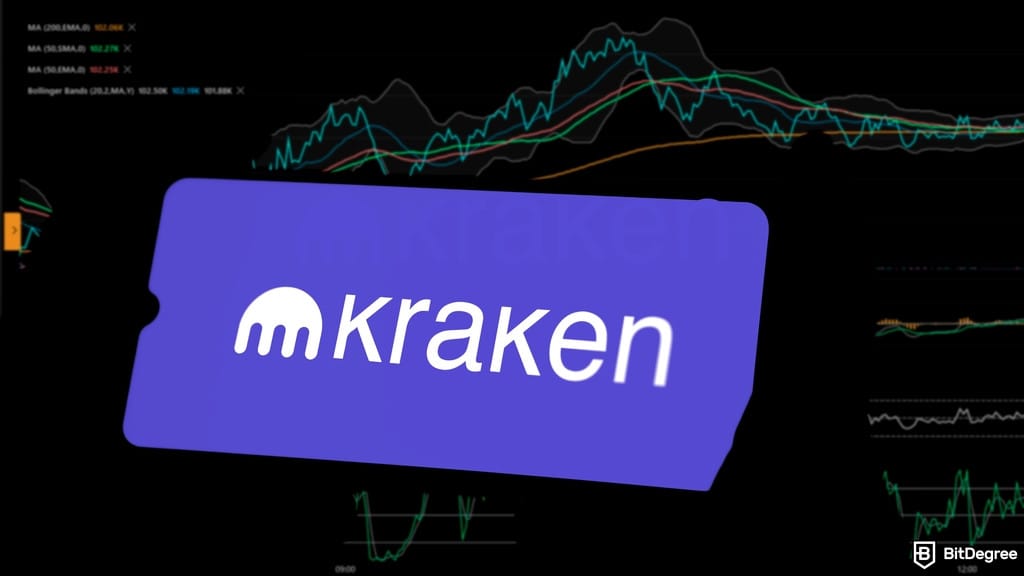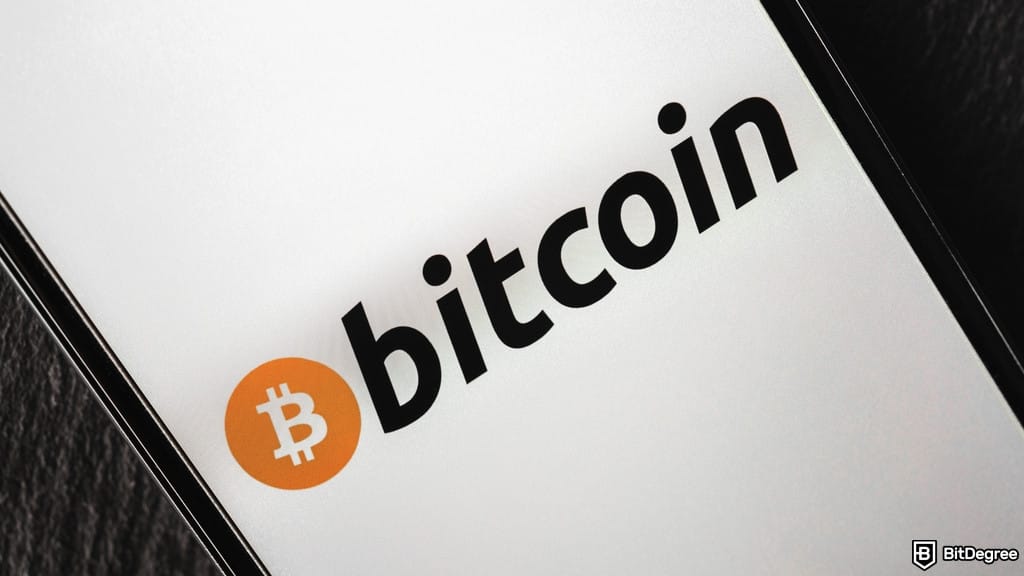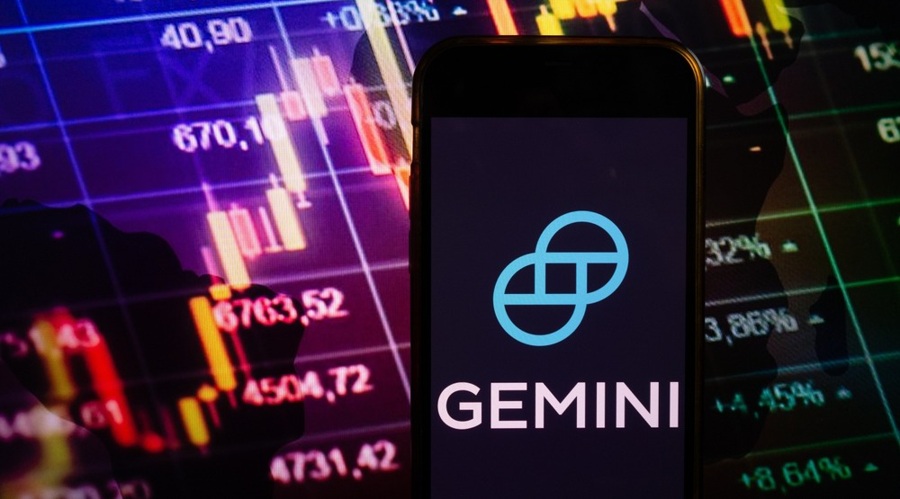Cryptocurrency
exchange Gemini revealed a visible surge in losses for the first half of 2025,
posting a net loss of $282.5 million compared to $41.4 million in the same
period last year, according to its initial public offering (IPO) filing
released last Friday.
The results
paint a challenging financial picture for the company led by billionaire twins
Tyler and Cameron Winklevoss, even as they seek to capitalize on a wave of
crypto companies going public on Wall Street this year.
Gemini Reports Sharply
Higher Losses as Crypto Exchange Files for IPO
Revenue
also declined during the six-month period, falling to $68.6 million from $74.3
million a year earlier. The widening losses come despite a generally favorable
environment for digital assets under the Trump administration and growing
institutional adoption of cryptocurrencies.
“The
question for investors regarding Gemini revolves around the business mix and
moat of trading versus custody, how they differentiate on trust and growth, and
what they do that Coinbase can’t copy by Tuesday,” said Michael Ashley
Schulman, partner and chief investment officer at Running Point Capital, quoted
by Reuters.
The poor
financial performance contrasts sharply with recent debuts from other crypto
firms. Stablecoin
issuer Circle surged 168% on its first trading day after raising $1.2
billion in June, while cryptocurrency exchange Bullish
climbed 84% in its debut this week following a $1.1 billion offering.
Third Publicly Listed
Exchange in the U.S.
Gemini
plans to trade on Nasdaq under the ticker “GEMI” and will become the
third publicly listed crypto exchange in the United States, joining
Coinbase and Bullish. Goldman Sachs and Citigroup are leading the offering,
though terms weren’t disclosed in Friday’s filing.
Founded in
2014, Gemini operates crypto exchanges in more than 60 countries and supports
over 70 digital currencies. The platform had approximately $18 billion in
assets as of June 30 and serves around 523,000 monthly active users along with
roughly 10,000 institutional clients.
The company
generates most of its revenue from transaction fees on trading volume, which
represented about 66% of total revenue in the first half of 2025. It also
offers institutional custody services, crypto staking, and issues its own dollar-backed
stablecoin called GUSD.
Main Goals of the IPO
Gemini said
it will use IPO proceeds for general corporate purposes and to pay down some of
its third-party debt. The company has faced
regulatory challenges in recent years but reached settlements with both the
SEC and Commodity Futures Trading Commission earlier this year.
The
Winklevoss brothers each hold stakes of more than 5% in the company and have a
combined net worth of $15 billion, according to Bloomberg’s wealth rankings.
They gained prominence after settling a lawsuit with Facebook founder Mark
Zuckerberg over ownership claims to the social network.
We learned
in June that
Gemini plans to go public, a month after the successful debut
of eToro, another retail trading platform.
Better Regulatory Prospects
Recent
regulatory clarity under the Trump administration has boosted confidence in the
crypto sector. The president signed the GENIUS
Act in July, establishing a framework for stablecoin regulation, while
several crypto companies have joined major stock indices this year.
“We’ve
seen a shift from speculation to sustainability. Institutional investors are
looking for proof points – real clients, regulated products, and long-term
market alignment,” Nick Jones, founder of crypto firm Zumo, told Reuters.
Despite the
challenging near-term financials, Gemini’s IPO filing comes at a time when
crypto market capitalization has grown from under $10 billion when the company
was founded to
over $4 trillion today.
This article was written by Damian Chmiel at www.financemagnates.com.
Source link





























